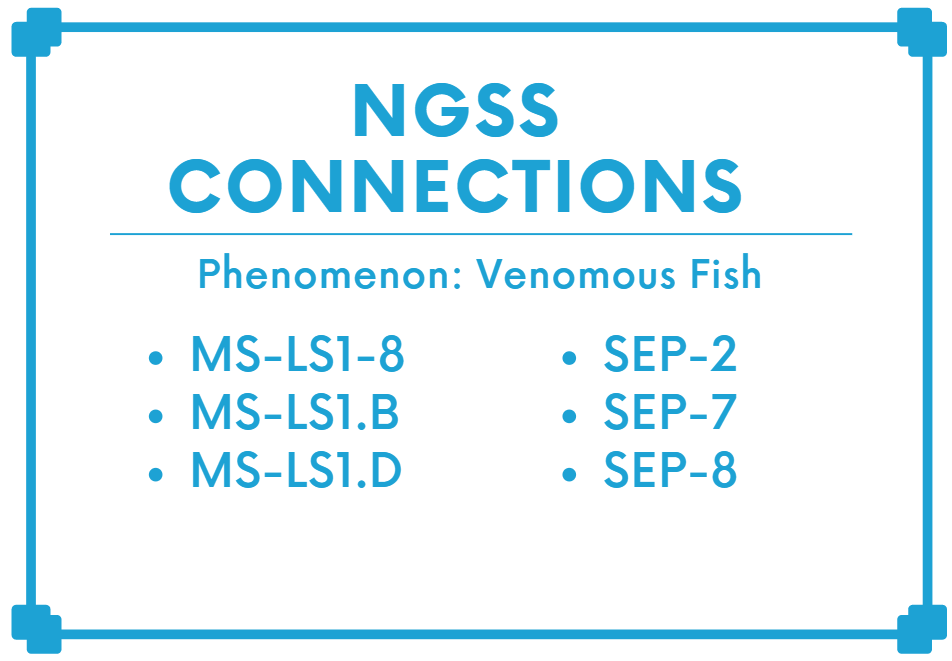
This lesson will explore the phenomenon of venomous fish in the Great Lakes by learning about the Northern Madtoms. Students will learn about the species, learn about how scientists make decisions to classify species like the Northern Madtom, and create an infographic about the species to inform others about it.
 Lesson Objectives:
Lesson Objectives:
- Know about the Northern Madtoms in the Great Lakes
Understand scientists have to make decisions about how to classify species based on their traits
Be able to visually communicate information about a species through an infographic
View the entire lesson plan including teacher background information, worksheets and more below or download for free here.
Activity 1:
This activity is a video discussion of a Great Lakes Now segment featuring the Northern Madtoms in the St. Clair River near Lake Huron. During the video they need to jot down four things they took away from the video using the 4 Notes Summary Protocol.
Watch a Great Lakes Now Segment
Activity 2:
While technology can help us image the underwater depths, divers are still largely responsible for documenting many of the species we know about, including Northern Madtoms. One group of divers set out on an underwater treasure hunt and instead found some Northern Madtoms. Their dive was documented for Great Lakes Now. In this activity, students will use a Think Pair Square Protocol for discussing what they will read about this very topic.
Read About Madtoms in the Great Lakes
Activity 3:
In this activity, students will play a game to learn about how scientists classify and group organisms based on their traits and have to make systematic decisions.
Classification and Grouping Game
Activity 4:
In this activity, students will further learn about Madtoms by researching them to create an infographic that synthesizes their learning and visually communicates what they’ve learned to others about Madtoms.
Check out Great Lakes Now’s segment on venomous fish and other segments featured in Episode 2211: Great Lakes Wildlife on this month’s landing page.
If you use this lesson or any of its activities with your learners, we’d love to hear about it! Contact us with any feedback or questions at: GreatLakesNow@DPTV.org




